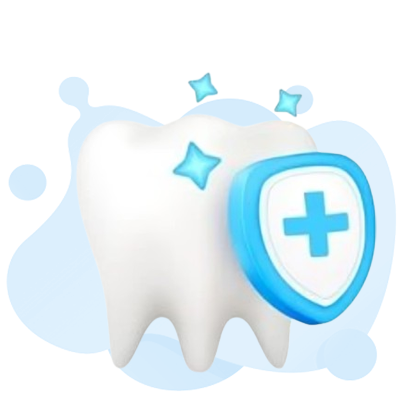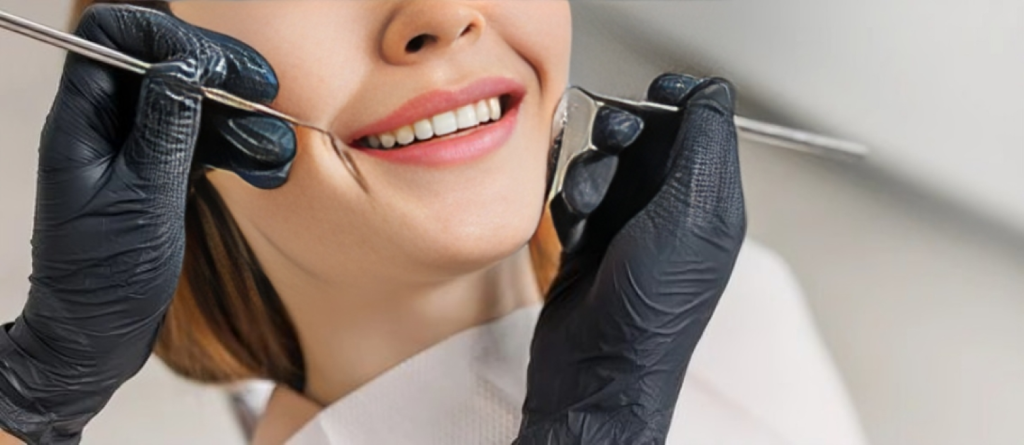ATDH (Admission Test for Dental Hygiene) Exam Guide

The ATDH (Admission Test for Dental Hygiene) is vital for those aiming to be dental hygienists. It helps dental hygiene education programs see if you’re ready for dental hygiene programs. Besides scores, schools look at other things when you apply.
Key Takeaways
- The ATDH exam is a crucial component of the dental hygiene program admission process.
- It assesses an applicant’s readiness and potential for success in dental hygiene programs.
- The exam evaluates critical thinking skills in areas such as reading comprehension, language usage, quantitative reasoning, perceptual ability, biology, and general chemistry.
- Candidates must prepare thoroughly by utilizing a variety of resources, including practice questions and study materials, to ensure they are well-equipped to demonstrate their knowledge and abilities on the ATDH exam.
- Understanding the purpose, content, and administration of the ATDH is crucial for aspiring dental hygienists to maximize their chances of admission into their desired dental hygiene education program.
Free ATDH Practice Test Online
Understanding the ATDH Exam
The ATDH exam tests how ready someone is for dental hygiene programs. It evaluates if applicants have what it takes. Test scores help schools see how well you can think and understand things.
Examination Content and Specifications
This exam has tasks in English to tackle. There are six parts to it: Reading Comprehension, Language Usage, Quantitative Reasoning, Perceptual Ability, Biology, and General Chemistry. Each section looks at different skills you might need, like understanding texts or using numbers.
Reading Comprehension
The Reading Comprehension part sees if you can read and get scientific info. You don’t have to know about the topics beforehand. There’s a passage followed by eight questions. The goal is to show how well you understand what you read, like someone close to finishing high school.
Language Usage
This section checks if you can write well in English. It looks at how well you use words and make sure writing is clear. You should feel comfortable writing, like a high school student or first-year college student.
Quantitative Reasoning
Quantitative Reasoning is about solving problems with numbers. The questions cover both U.S. and metric systems. They test your ability to think with numbers, like a high school student or first-year college student would.
Perceptual Ability
The Perceptual Ability part checks how you understand visual information. It could be tasks like understanding shapes or patterns. It aims to see if you’d do well in a dental hygiene program.
Biology
This section focuses on biology basics. You will need to know things like cell biology and human anatomy. It tests your knowledge, aiming at a level needed for a dental hygiene program.

General Chemistry
General Chemistry deals with basic chemical concepts. Topics include atomic structures and reactions. This part looks at whether you know enough for a dental hygiene program.
| ATDH Exam Section | Time Allocation | Number of Questions |
|---|---|---|
| Reading Comprehension | 50 minutes | Approximately 40 |
| Language Usage | 30 minutes | Approximately 30 |
| Quantitative Reasoning | 45 minutes | Approximately 45 |
| Perceptual Ability | 45 minutes | Approximately 45 |
| Biology | 30 minutes | Approximately 30 |
| General Chemistry | 30 minutes | Approximately 30 |
| Total Exam Duration | 4 hours and 50 minutes | 240 questions |
Preparing for the ATDH (Admission Test for Dental Hygiene)
Getting ready for the ATDH test is key for those wanting to be dental hygienists. It’s important to use different study materials, like books and class notes. You should also work on sample questions and get to know the test’s style and topics well.
Being good at reading, writing, math, and biology really helps for the ATDH exam. It also tests your out-of-the-box thinking and your ability to understand shapes.
Examination Preparation Strategies
To get ready for the ATDH, here are some tips for you:
- Go over your textbooks and notes to really understand what you learned. This covers areas like reading, writing, math, biology, and chemistry.
- Try lots of practice questions. This will help you get used to the test and feel more comfortable. You should understand the question types and how they are asked.
- Work on your problem-solving and critical thinking skills. The ATDH looks at these within subjects related to dental hygiene.
- Practice managing your time well. You won’t have a lot of time for each part of the test. So, knowing how to use your time is important.
- Make sure you’re well-rested before the exam. It’s hard to do your best if you’re tired or anxious.
Practice Questions and Resources
The ATDH program offers practice questions and other tools to help you study. These questions are similar to what you’ll see in the real exam. They’re a good way to check if you’re ready and where you might need more practice.
It’s also a good idea to use other study materials, like more books and notes. This can add to your preparation and help you feel more confident.
ATDH Exam Administration and Scoring
The ATDH (Admission Test for Dental Hygiene) exam has six sections. Each section gets its score. Then, all the scores are added up for the final score. People taking the test get a detailed report. It shows how they did in each part and overall. Candidates and the schools they’ve applied to both get this report.
To take the ATDH exam, you need to apply. This includes giving your personal info and paying the exam fee. The exam is run by Prometric. It’s your job to pick a time to take the test with them. You must also follow all the rules at the test center.

Rescheduling and Fees
Changing your ATDH test date might cost you extra. There is an application fee. But, sometimes you can get a discount on this fee. Check the ATDH program’s rules for the most recent info on these costs and rescheduling.
Testing Accommodations
Some people might need test changes because of disabilities. If you need these changes, you must ask. Send in proof of your situation and how you’d like to be helped. The ATDH program will look at your request and decide what can be done.
Conclusion
The ATDH (Admission Test for Dental Hygiene) plays a key role in getting into dental hygiene schools. It tests how ready and able a person is to do well in the program. The test looks at skills like thinking critically, understanding what you read, using language, and reasoning through problems. Candidates should get ready by using different study tools practice questions to show what they know and can do on the ATDH test.
Understanding what the ATDH is all about helps those hoping to be dental hygienists. It helps them know how to boost their chances of getting into the program they want. The ATDH is designed to be fair and true in seeing if a person has the right knowledge and skills. It’s important for everyone involved to act with honesty, from applying to working in the profession.
In the end, the ATDH helps dental hygiene schools find students who are ready for their program. And then for a successful start in their career as a dental hygienist.